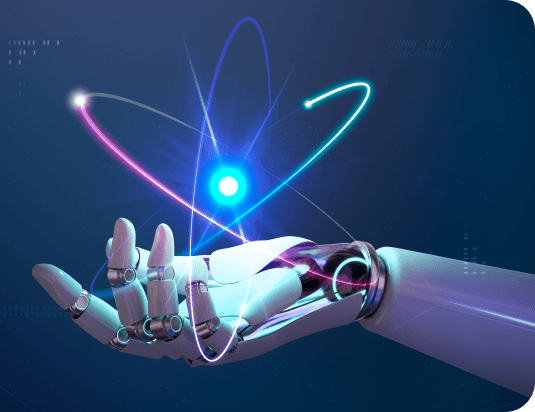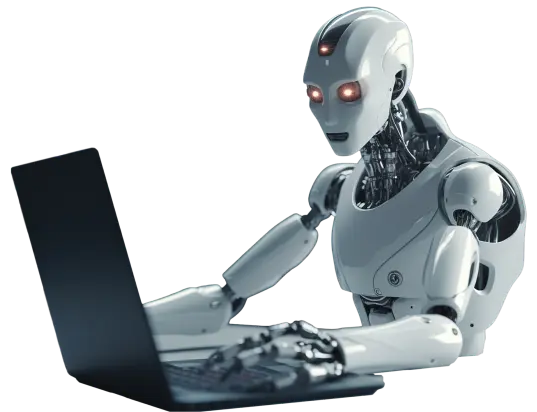Robotic Process Automation (RPA)
Do More With Less
Robotic Process Automation is a technology that mimics the manual steps taken in a rules-based process where there are no complex judgement-based and subjective decisions.
RPA technology enables accelerated and consistent performance of repeatable and logic based task. Businesses deploy these types of technology to interpret and manipulate data, and to update host systems, trigger communications with people or other systems; all to as a means of facilitating consistent results, reducing errors, and save time. Ultimately, the goal of RPA is to reduce operating cost across hundreds and thousands of transactions.

Probotics RPA Considerations
Is Probotics RPA a good fit for my business?
What process dynamics are a good fit for RPA?
- Highly manual and time consuming task.
- High volumes of transactions.
- Rules-based process and workflow with quantitative decision criteria (vs. qualitative).
- Exceptions are anticipated to make up 20% or less of total transactions.
- Infrequent changes to back-end system processing and related data.
- Need for speed (do more in less time).
- Medium to high likelihood of human error.
Will RPA work with my IT systems?
- Highly manual and time consuming task.
- High volumes of transactions.
- Rules-based process and workflow with quantitative decision criteria (vs. qualitative).
- Exceptions are anticipated to make up 20% or less of total transactions.
- Infrequent changes to back-end system processing and related data.
- Need for speed (do more in less time).
- Medium to high likelihood of human error.
Will RPA robots require changes to my IT systems?
- Highly manual and time consuming task.
- High volumes of transactions.
- Rules-based process and workflow with quantitative decision criteria (vs. qualitative).
- Exceptions are anticipated to make up 20% or less of total transactions.
- Infrequent changes to back-end system processing and related data.
- Need for speed (do more in less time).
- Medium to high likelihood of human error.



















